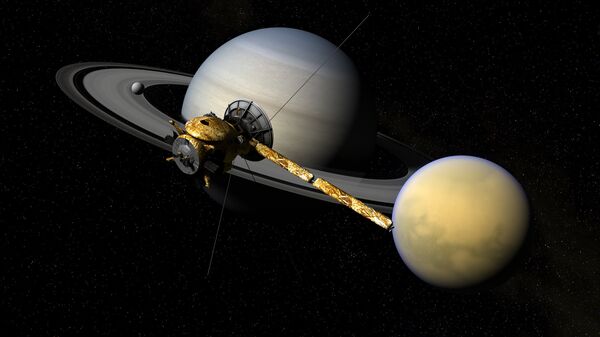The radar instrument also measured canyon depths, and found that they range from 240-570 meters, with slopes that are at an angle of at least 40 degrees, with maximum widths of around 0.8 kilometers, making them very steep.
It is yet unclear what caused the channel system, but the lead author of the study suggests that it could be a combination of terrain uplift and sea level changes.
"It's likely that a combination of these forces contributed to the formation of the deep canyons, but at present it's not clear to what degree each was involved," Poggiali said in a statement.
Many view Titan as a smaller, colder version of an early Earth and believe that it could be a perfect place for life to develop. The discovery adds to the similarities between the two. On Earth, an example of uplift powering erosion is the Grand Canyon. In another example, the formation of Lake Powell was driven by variations in the water level.
"Earth is warm and rocky, with rivers of water, while Titan is cold and icy, with rivers of methane. And yet it's remarkable that we find such similar features on both worlds," study co-author Alex Hayes, a Cassini radar team associate at Cornell University in Ithaca, New York, said in a statement.
Cassini will explore for an additional year, ending its mission with an intentional death dive into Saturn's thick atmosphere in September 2017 to ensure that the probe does not contaminate Titan and the icy Saturn moon Enceladus.




